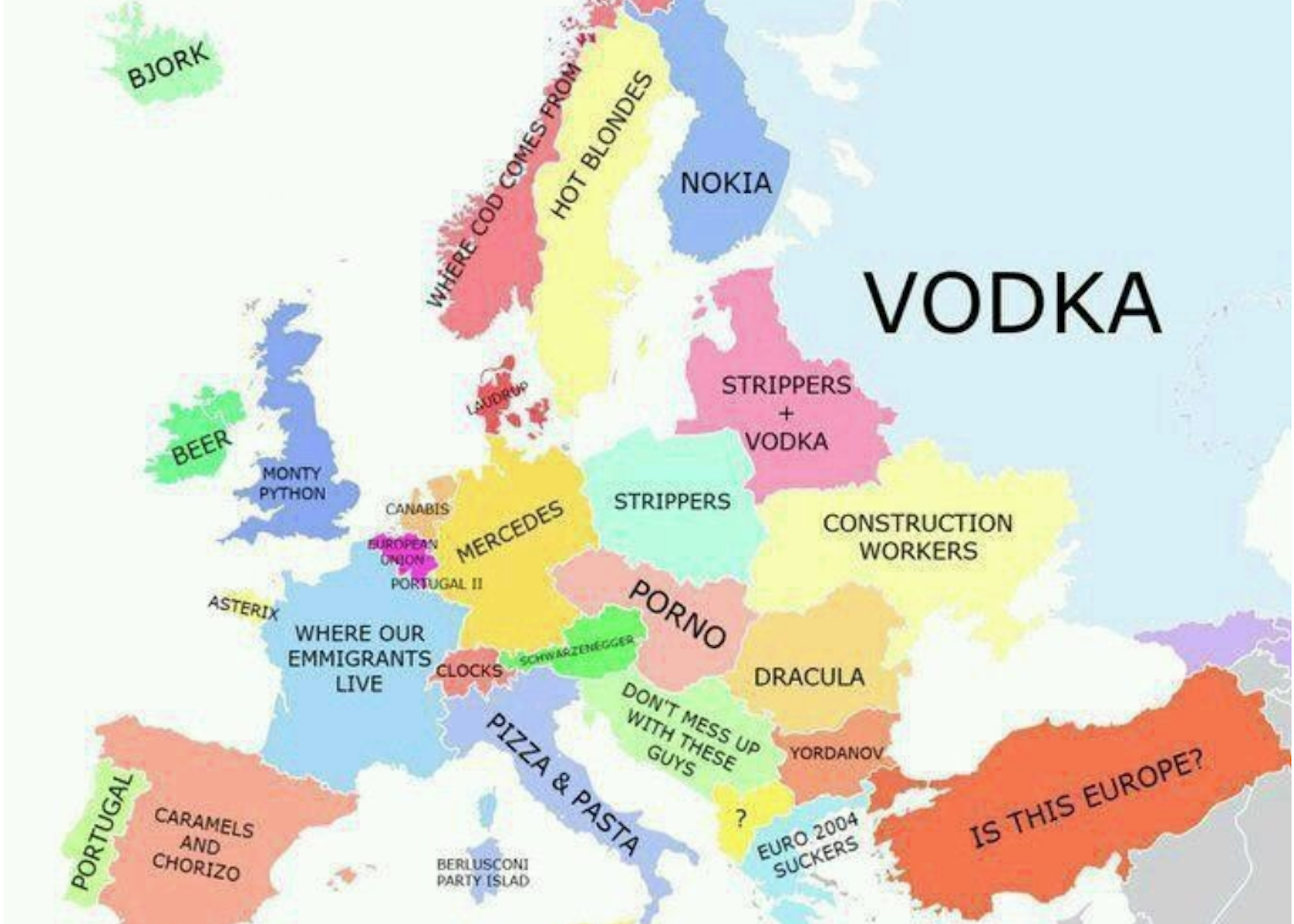This section about Ellen Switzer’s experience in school really stood out to me. In any society, the way children are raised really has the ability to shape the mentality of an entire generation. Hitler clearly understood this concept very well. We have talked about his ability to inspire the German people and rise to power as a totalitarian dictator, but this story helps show the very effective the Nazi propaganda machine at work. It would have been essential for Hitler to win the support of young people in order to secure the future of his rule. When Hitler came to power and ordered the separation of Jewish and German students, Switzer points out that Ruth may have thought it was a misunderstanding, but still went along with the orders. Even after Ruth showed some initial hesitation, Switzer says, “Not only did she no longer speak to the suddenly ostracized group of classmates, she carefully noted down anybody who did, and reported them” (p 175). I know we have already touched on this a bit in class, but how was Hitler able to convince people like Ruth that they should abandon their own ideas and subscribe to his? What other examples throughout history exist where education has been used as a tool to shape the minds of students?

Europe’s Long Twentieth Century (HIS270 S20)
Modernity in the Making
I think that a number of variables led to Ruth’s complicity with anti-semitic Nazi policy. First of all, I would imagine that the Nazi party and the omnipresent view of Hitler amid the global depression and Germany’s loss of World War One could have been an influence at home and through both propaganda campaigns and genuine support could have been engraved into her consciousness as she developed in that world. I think that a fear factor could have also been in play with the intent and legality of Nazi policy. Furthermore, I think that complicity should be brought up again. Ruth was not the first person in Germany to comply with anti-semitic policy. She did not author such policy nor did she likely feel such anti-semitic sentiments as she would later support but nonetheless she joined in with the crowd.
I think that we find examples of education as a way to shape the minds of students in every educational body. While we can look at less admirable examples such as the white-washing and downplaying of American slavery in some state-chosen textbooks or in Soviet propaganda education, more benign examples are close to home as W&J educates through a liberal arts approach focusing on critical thinking, whereas other institutions do not. I think that objectivity is absent in this regard but shows that education is a very powerful tool.
This was a very good point Christian. I think the thing that Hitler was able to capitalize on most with these young students, especially at such an impressionable age, is the desire to fit in. At this young age nobody wants to be the outlier and ostracized everybody wants to be the one who blends in with the group. I think another way Hitler was able to do this was to promote this idea of superiority obviously. Promoting this idea gave German students a newfound confidence and sense of pride by being told they were great no matter what anybody else said and no matter how bad they may have been at least they were better than the Jews. I do not have an example where history was used to shape the minds of students though I do think there are multiple, however I think what we read about is very similar to an experiment we’ve seen before. That is the Jane Elliot experiment “A Divided Classroom” where she told blue eyed kids they were superior to brown eyed kids and then watched the superiority complex take them over and turn them into heartless beings and vice versa when she told brown eyed children the same thing. It’s a very interesting experiment that shows the complexes of groupthink and the superiority complex in an impressionable young persons mind.